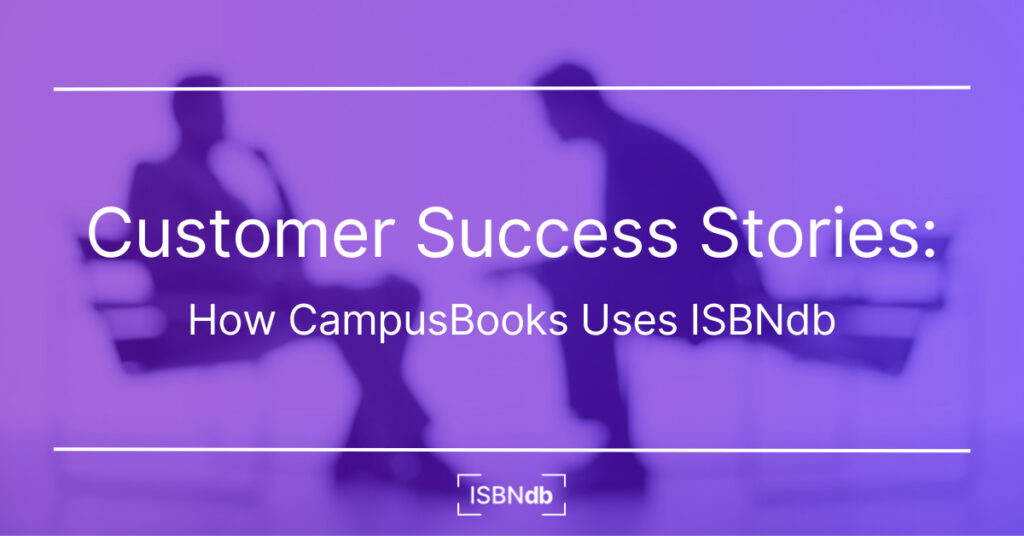
CampusBooks.com is a textbook price comparison site students use to search for textbooks across multiple online retailers.
We spoke with Alex Carter, CEO of CampusBooks, to learn more about the platform and how ISBNdb is being used in the product.

CampusBooks.com is a textbook price comparison site students use to search for textbooks across multiple online retailers.
We spoke with Alex Carter, CEO of CampusBooks, to learn more about the platform and how ISBNdb is being used in the product.

In the past, most of the wealth of our collective knowledge was hidden between the pages of a book. Some of these books, like encyclopedias, were relatively easy to get your hands on, but niche topics or rare tales could be challenging to come by.
Living in the internet age, we have more information at our fingertips than ever before. Books that were once inaccessible to the masses are now able to be identified and purchased at the touch of a few buttons.
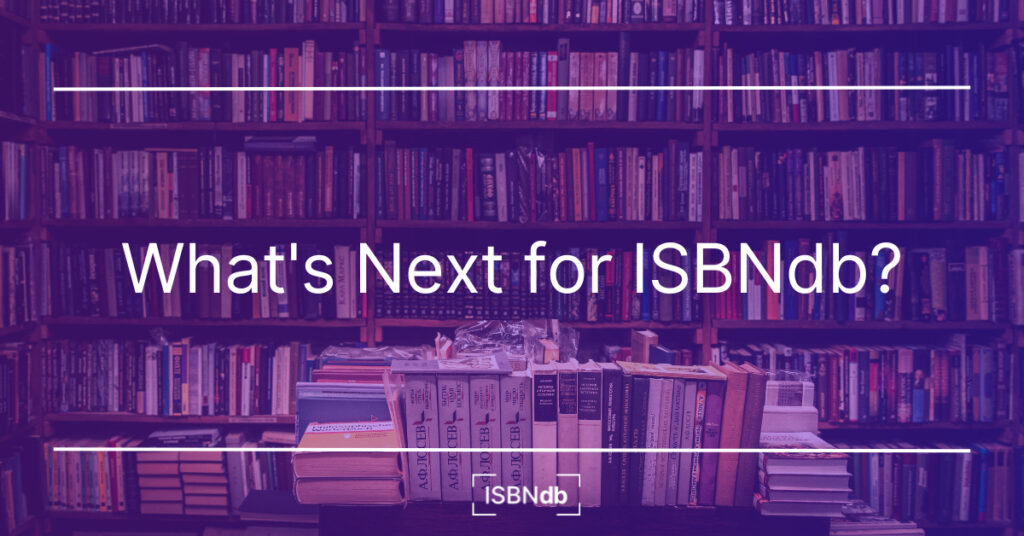
We’d like to share with you our near-term plans.
As much as we love our old website, it’s quite dated. The old horse has worked hard, so its retirement is well-deserved.

Everyone, who has worked in the book industry for a significant period of time, is aware of the counterfeit books problem. So when you source books not directly from a publisher, e.g., buy used books from the general public, organizations, or even Amazon, you need to check if the books you purchase are genuine.
It is important to distinguish between counterfeit books and international or Eastern Economy editions, which are produced legally. Counterfeit books are produced illegally and are often sold by third-party sellers on various marketplaces, including the biggest ones. Like all pirated copies of copyrighted works, they are against the law.
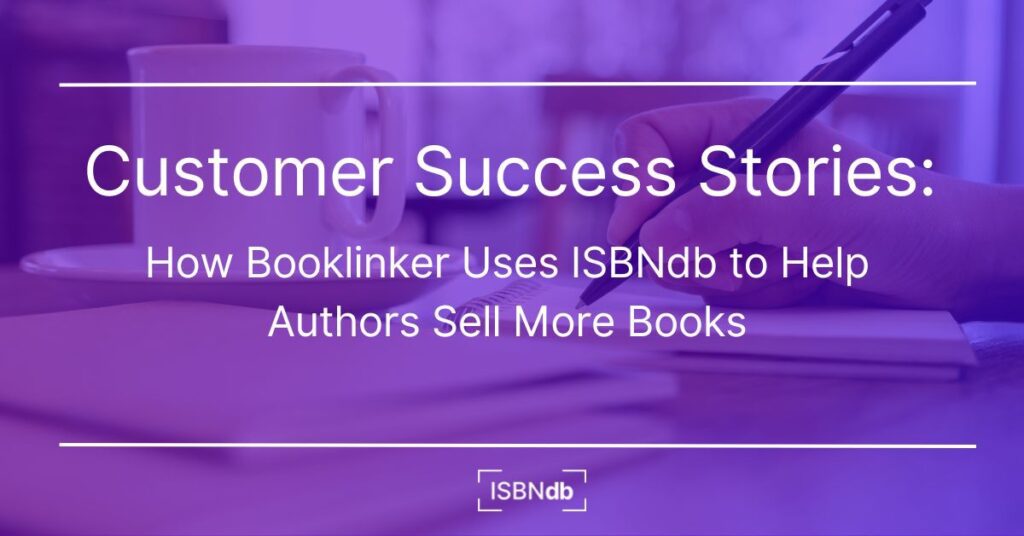
At ISBNdb.com our aim is to provide the largest ISBN database possible for publishers, booksellers, software developers, libraries, educational institutions, and all other organizations involved in the book industry. It’s a great pleasure for us to find out about new interesting ways of the ISBNdb book database usage by our customers. Today we’re happy to share the Booklinker team story, introduced by Austin Tuwiner, the Growth Manager at Booklinker.
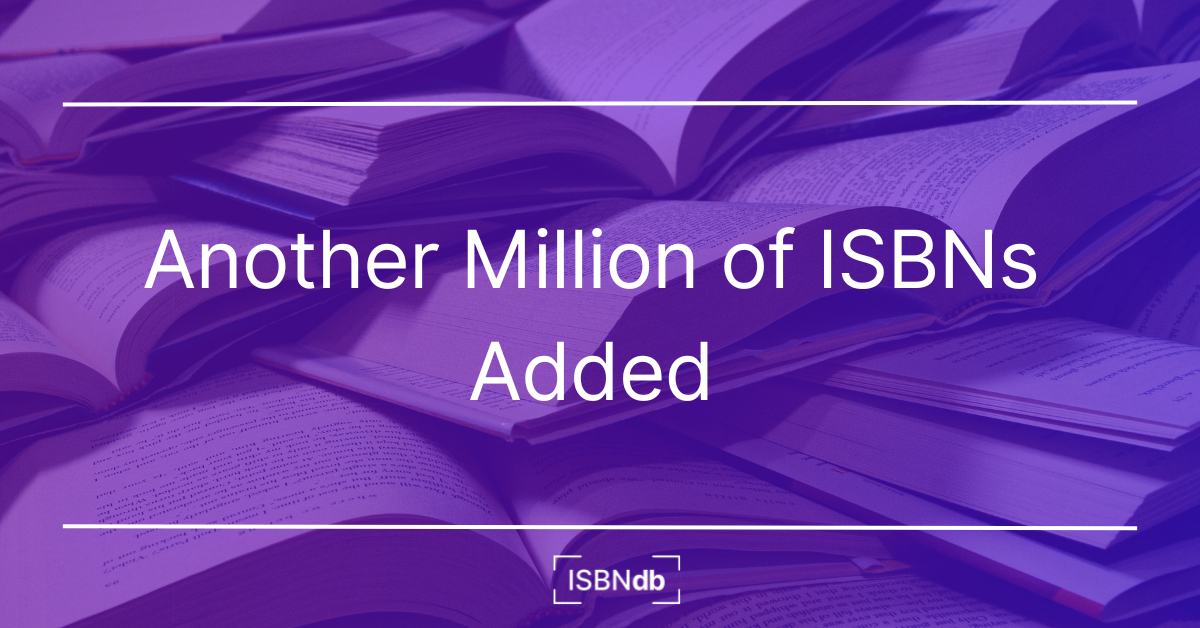
ISBNdb now features over 34 million unique ISBNs in its collection. With its comprehensive and extensive database, ISBNdb caters to booksellers, book-related software development companies, libraries, educational institutions, and all other players in the book industry.

The International Standard Book Number (ISBN) was introduced in 1970 to provide a unique identifier for books. At the time, ISBNs consisted of 10 digits. The basic structure of the ISBN has remained the same over the years, although some changes have been made to accommodate the growing number of books being published.

We are used to searching by ISBN as the easiest way to find book data. However, ISBN is a relatively new book identification method, widely adopted in the 1970s.
When Johannes Gutenberg produced the first printed book in the fifteenth century, he probably wasn’t too concerned about book identification – his printed books never carried even his name or publishing date. That wasn’t a big deal because the book industry was in its infancy, and few books were published back in the day.
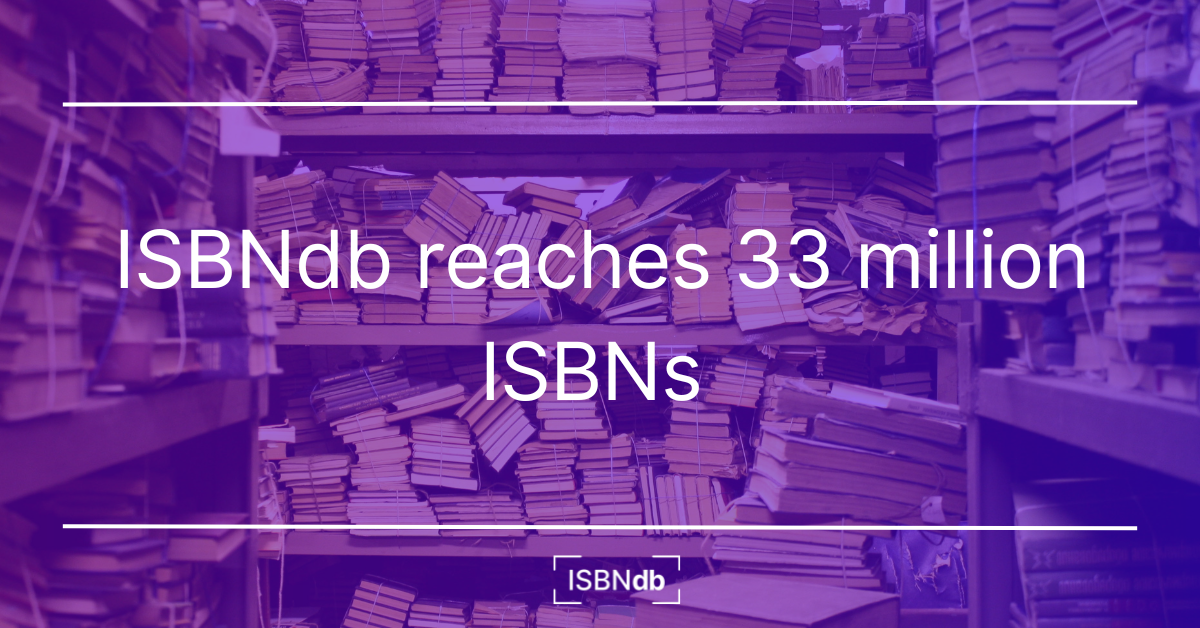
ISBNdb, a leading provider of ISBN information, continues to expand its database at an impressive pace. With the recent addition of another 2 million ISBNs, ISBNdb now offers over 33 million unique ISBNs, making it one of the largest and most comprehensive databases of its kind.